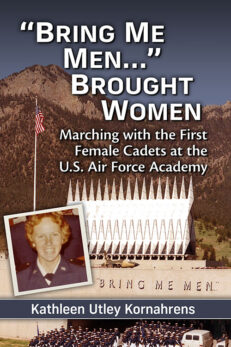The Rankins of Montana
Risk Takers, History Makers, American Dreamers
Original price was: $45.00.$22.99Current price is: $22.99.
In stock
About the Book
This is the story of the Rankins, a family that embodied the risk and ambition that transformed America. John Rankin arrived in the West chasing the adventure of gold mining but soon turned to ranching and building in the new town of Missoula. There he met Olive Pickering, who had left New Hampshire in 1878 to become a teacher and seek a husband on the American frontier.
John and Olive’s children continued to demonstrate their parent’s ambition and nerve. Their son became one of the biggest landowners in the country, one of the first personal injury lawyers, and a crusader against railroads and mining. Jeannette became the first woman in a national legislature, voted against two world wars and led marches protesting the Vietnam War. As a dean, Harriet helped develop the modern co-educational university. Edna traveled the world advocating for birth control. The Rankins faced both national adulation and condemnation for the choices they made. Their family story concerns independence and education, activism, the boundaries created by gender, religious choices, and the changing meaning of the West.
About the Author(s)
Bibliographic Details
Katherine H. Adams
Format: softcover (6 x 9)
Pages: 225
Bibliographic Info: 40 photos, notes, bibliography, index
Copyright Date: 2021
pISBN: 978-1-4766-8530-4
eISBN: 978-1-4766-4380-9
Imprint: McFarland
Table of Contents
Acknowledgments vi
Introduction 1
One. The Myth and Reality of the Risky West: Olive Pickering and John Rankin 3
Two. Victorian Social Classes and the End of the Wild West 25
Three. The Risk of Illness and What Religion Could Do 40
Four. Progressivism and American Politics 55
Five. Pacifism and American Wars, Changing and Deepening Views 83
Six. Twentieth-Century Stages of Acceptance: The Educated Woman 108
Seven. The Campaign for Birth Control, a Pact with the Devil 128
Eight. The Risks and Judgments of the Postwar World 146
Conclusion 172
Chapter Notes 175
Bibliography 197
Index 215





